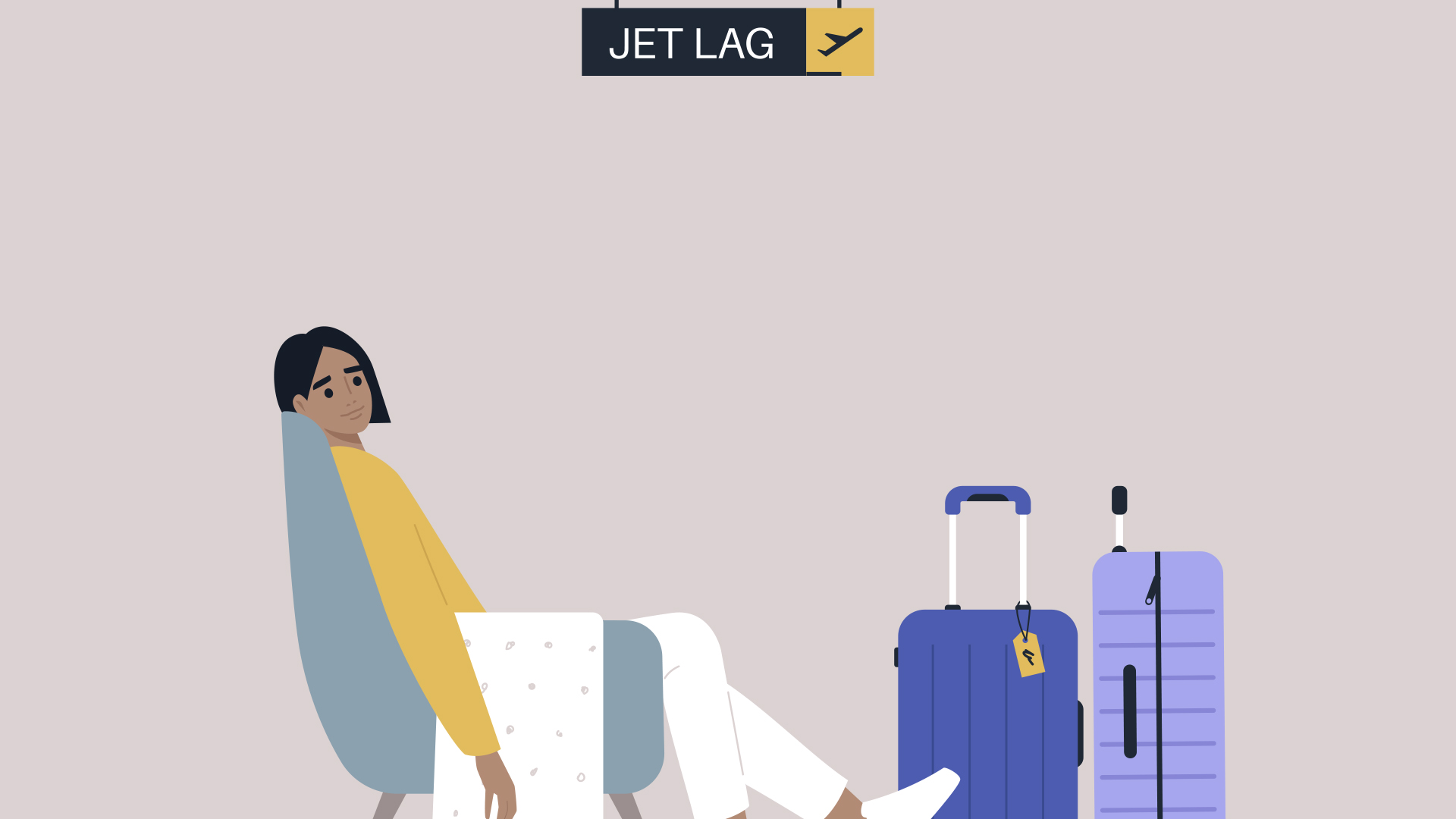
With medical advancements and quality of life improving across the globe, the human population is aging. It is important for elderly people to be well looked after in their later life to keep them happy and comfortable. Care systems differ on a country-by-country basis, with some more reliant on state care than others. Acorn Stairlifts investigate:
UK
In the UK, staggered care is popular which eases older people into accepting care. When individuals are beginning to struggle, perhaps with making meals or getting washed, they can access help from home. This is in the form of specially trained carers who visit those in need at their own homes to provide necessary care.
There are also specially designed homes and flat complexes that are designed for elderly people who need more assistance than this. These often have a community room where residents can socialise and a warden that is present during the day. The homes are specially designed for those who are less able, with non-slip floors and apparatus to help with getting up from the toilet and in and out of the shower.
The next step is a nursing home with round the clock care. None of the services are free, although some people aged over 65 get help towards the costs and others use their savings. At the moment, people with assets of more than £23,250 have to pay for the full cost of their care (this includes the value of their home).
The system does vary between regions in the UK. For example, in Northern Ireland, care in the home is free for people over the age of 75. For over 65s in Scotland, personal care is free if they are assessed as needing help for tasks like washing, dressing and preparing meals.
US
In the US, the health care system for the elderly is made up of a largely private system with care insurance. There is also a programme called Medicaid that assists with medical costs for those with limited resources ‘ covering nursing home care. This system pays for 61% of nursing-home residents’ care. Elderly care is a key consideration that must be made by many. In the US, 47% of men and 58% of women who are of or above retirement age will experience a need for long-term care in the future.
When surveyed, almost 90% of seniors said that they want to stay in their homes as they age. Care insurance often can assist with this as it pays for home help such as washing and cooking support. Even when elderly people begin to require day-to-day assistance such as getting dressed, only 4% said that they would prefer to move into a relatives’ home over staying in their own surroundings. Despite this low figure, 75% of adult children think about their parents’ abilities to live independently and presumably consider their future options. These children contribute between $7,000 and $14,000 per year to care for an ageing parent.
Nursing homes are also an option in the US and these are often funded by private healthcare. 11.2% of women over the age of 85 lived in a nursing home in 2014 and this figure stood at 6.1% for men of the same age group.
Canada
In 2016, statistics showed that for the first time, the number of over 65s (16.9%) exceeded the number of under 15s (16.6%). When looking at health expenditure as a whole, Canada has invested more funds into drugs rather than hospitals and physicians over the past 30 years and this could count towards their aging population.
The health care system is mostly publicly funded through taxing. The capital of Canada, Ottawa promised to spend $6 billion over the next decade in order to address their aging population and help with home-care programmes.
Currently, the elderly are fairly reliant on nurses to provide care. This is causing more pressure on nurses and carers and the demand for these workers is predicted to rise from just under 64,000 full-time jobs to 142,000 by 2035. Perhaps these stretched resources are the reason why more Canadians are taking on the role of caregiver and offering informal care for their own parents. In fact, 30% of workers with older parents take 450 hours per year of time off work ‘ putting a strain on their own careers and on employers.
Italy
In Italy, the elderly care system is different. The care of elders is said to be the responsibility of a person’s family and therefore care homes are not as popular as in other countries (less than 2% of the senior population use care home services). In fact, Italian institutions often only intervene if the person has no family to care of them.
Traditionally, Italian women provide most of the care to family members. However, they are now taking up employment and their time is spent working instead ‘ creating a greater reliance on public care facilities. The mentality of family care was evident in 2004 when the majority of Italians thought that it would be beneficial if adult children looked after their older parents when they became reliant. It is likely that this mentality has continued many years later.
There is not as much of a staggered system like there is in other countries. This means that elderly people who are fairly fit live in regular homes that have not been adjusted for needs of the older generation. However, in the 1990s, a greater focus was given to elderly people and their specific needs. This saw the introduction of a new framework which includes home care, day centres and nursing homes and now, over 5% of older Italians use home care services.
Belgium
In Belgium, most of the care available for elderly people is offered by the public system that is funded by social contributions and general taxes. There is also a large amount of informal care that is offered by family members of elderly residents. The general aim amongst Belgians is to keep the older generation in their own homes, comfortably, for as long as possible.
There is a staggered system available in the country with the offering of ‘service flats’. This is where elderly people can live within their own space but have access to useful facilities such as home help and cooked meals if they need it. There is also the option of day care and short stay centres and this provides families with some respite from care.
Another well-established initiative in Belgium is ‘kangaroo housing’. This has been around for 30 years and involves older people living together with immigrant families in the same house on separate floors. The immigrant family help the elderly person out if they are ever in need. One project was launched in a Belgian district called Molenbeek where 60% of the population are immigrants and 25% are retired. It can benefit both parties in terms of improving their sense of belonging in the community and overall well-being.
Germany
Along with many other countries, Germany has an aging population. Recent predictions suggest that there will be more than 23 million citizens over the age of 65 between 2035.
One of Germany’s initiatives involves refugees and their elderly population. Between 2015 and 2016, 1.2 million asylum seekers entered Germany, most aged between 18 and 34 years old. A training scheme is in place where refugees are being taught how to care for the elderly. This addresses their aging population and the immigrants who are looking for work.
Another scheme is cohabiting. When surveyed, 82% of Germans said that they did not want to grow old in a nursing home. Grants that were introduced in January 2013 allow the elderly to live in a community apartment with one another, cohabiting and socialising when they want to. This decreases their likelihood of becoming lonely without placing them in a full-time care home.
There are also multigeneration houses which is made up of a kindergarten, a social centre for the elderly and somewhere for young families to drop in for socialising or support. Pensioners can volunteer to read to the children and interact with them through singing and games.
From interesting initiatives such as multigeneration housing in Germany to the importance of private healthcare in the US, it’s clear to see that care systems for the elderly currently differ around the globe. And what does the future hold for our older generations? Innovative concepts such as elderly friendly supermarkets and villages are popping up in some places, as countries continue to reach out to older people and try to improve their quality of life.

















